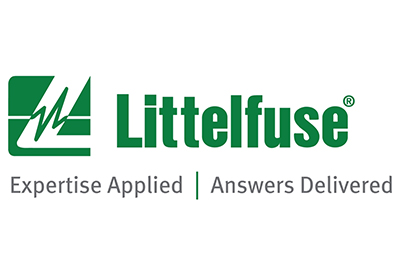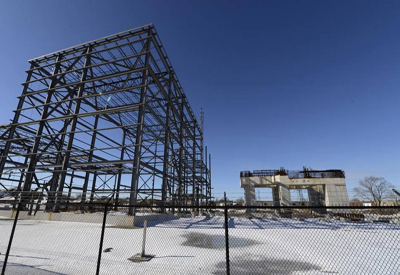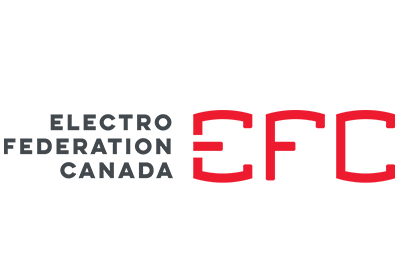UL Solutions Addresses Smart Building Industry Challenges Through New Approach to Rating Smart Systems and Products

February 6, 2023
UL Solutions, has announced the UL Smart Systems Rating Program to help solidify the definition of a smart product. This program, which is designed to help the smart building industry and smart product original equipment manufacturers (OEMs), puts forth a criteria-based approach using key factors and attributes of a smart building system. These key factors include connectivity and interoperability, functional value, resilience, cybersecurity, digital experience, and control and automation to create a holistic rating program.
“As buildings become more complex and their smart goals evolve, the demand for new technology to support those goals grows,” said Sudhi Sinha, vice president of Ecosystems and Service Development at UL Solutions. “Achieving smart outcomes becomes increasingly difficult if the right products and systems are not installed properly or do not meet the needs of the building and its occupants. The UL Smart Systems Rating Program is designed to holistically assess different types of systems to help the smart building industry achieve its goals, from building energy management and spatial optimization to security, commercial fire and safety systems, and beyond.”
Through the new program, UL Solutions conducts objective, science-based assessments of smart building systems and products against UL MCV 1587, the Methodology for Marketing Claim Verification: Smart System/Product Verified to Level Silver/Gold/Platinum/Diamond, and classifies them into one of three categories:
- Smart Silver – Features and best practices that make a system smart.
- Smart Gold – Features and best practices that are top of the line.
- Smart Platinum – Features and best practices that are exceptional.
Each year, the building technology space grows with an increasing focus on ease of integration, cloud connectivity and smart comprehensive products and solutions. In a market saturated with various options and technology claims, it can take time to prioritize which innovations are necessary to meet smart building goals.
“For more than 129 years, we have continued to apply science and objective authority to address critical challenges by helping our customers develop and market safer products and innovations. UL Solutions is proud to bring that expertise to the smart building industry to help realize the full long-term benefits of smart systems,” said Weifang Zhou, executive vice president and president of Testing, Inspection and Certification at UL Solutions.

















